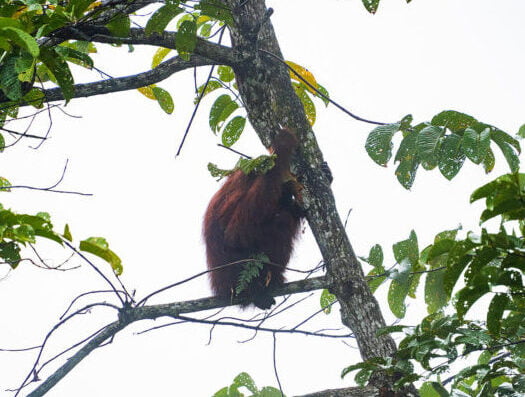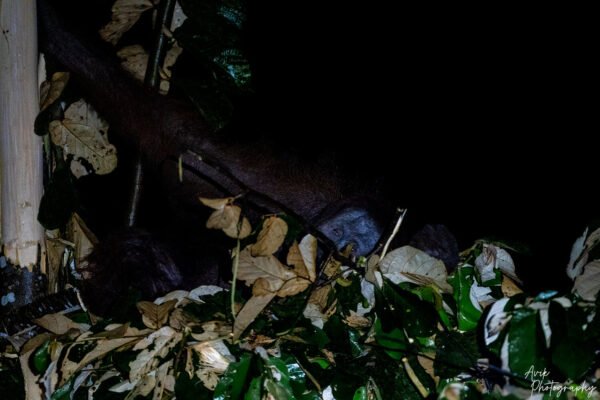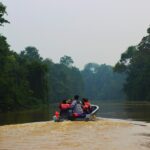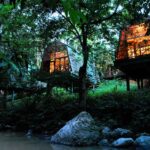
Wild Orang Utan
Where to see Wild Orangutan
Wild Orang Utan (or, the Forest Human) is endemic to the islands of Borneo (falling in the countries Malaysia and Indonesia) and Sumatra, There are three sub-species of Bornean orangutan and the Sumatran form was believed to be an independent species until recently when a separate species of orangutan was described in Sumtra. There are several patches of forest reserves with Wild Orangutan populations, as well as rehabilitation institutions and sanctuaries, the majority of which are located in Borneo. Some of the rehabs organize daily feeding sessions, offering an almost guaranteed sighting of the once orphaned and displaced orangutans.
However, we strongly advocate making the effort to observe these magnificent creatures in their natural habitat in one of the national parks. You won’t get as close, and it may take a few days, but as the region’s forests are losing their battle to palm plantations, this may be one of the last chances to observe truly Wild populations of Orang Utan enjoying the freedom of the jungle. We have discussed about the best places to see orangutan in the wild in our recent blog post:
Where to see Orang Utan in the wild?
What we offer
We organize trips to Kinabatangan River Cruise, Deramakot forest reserve, Danum valley conservation area and Tabin Wildlife Reserve in Malaysia to track Wild Orang Utan. A trip to the Sepilok rehab, located near Sandakan Airport, can be arranged too to see the semi-wild population to be released in protected forests.

The wild population
When you find a truly Wild Orang Utan, not reintroduced from some rehab, it will be in its natural habitat displaying its natural behavior. Bear in mind that these animals are not comfortable with sudden human presence, unlike the ones you may observe in the rehab centers. So please stay quiet, no sudden move and give them some time to feel at ease with your presence.
The adult Orang Utans usually look opposite of us or just hide their face with their hands or leaves, and stay completely still so that we cannot find them. Once they feel no threats from us, they slowly will continue to display interesting behaviors. A baby Orang Utan on the other hand is very curious when it sees us, and its mother gets a hard time keeping the baby from looking at us. Do you know that it is quite common to see the Wild Orang Utan using tree branch as an umbrella during rain? Do you know that they build a fresh nest every afternoon to sleep at night?
The Rehabilitation Centres
The rehab centers were originally aimed for the relocation of the confiscated Orang Utan babies from illegal pet trade. In Malaysia Sepilok, Sabah and Semenggoh, Sarawak are the two most prominent such centers. Now it is becoming increasingly impossible to cope up with the incoming number of Orang Utans, orphaned or rescued from the human-animal conflict (caused primarily due to land grabbing for palm plantations). These centers needs a lot of monetary support to function which can be generated from the entrance fees and donations, they are doing a tremendous job to save the species from global extinction. And we only try to conserve a species when we can observe one. So their efforts are also commendable in creating mass awareness about orangutans and their fate in the modern world.
There is a very nice piece in Mongabay on this topic worth reading.






